America has just come through a grueling, divisive election. While President-elect Trump has articulated views on various domestic and foreign policy issues, his position on development and foreign assistance is largely unknown.
Three facts should provide useful guidance for new policymakers: (1) Foreign assistance is an essential mechanism for promoting U.S. national security interests, (2) the past two administrations have successfully created a broad bipartisan coalition on development by building on their predecessor’s initiatives, and (3) there are specific ready-to-take actions to produce even stronger results from those initiatives.
First, on promoting U.S. interests, the 2016 Republican Party platform in clear, simple language acknowledges the role of foreign assistance—“In today’s world of complex challenges, international assistance is a critical tool for advancing America’s security and economic interests by preventing conflict, building stability, opening markets for private investment, and responding to suffering and need with the compassion that is at the heart of our country’s values.” Despite growing international challenges, the international affairs budget has been cut by 12 percent since 2010 and is not meeting the needs of U.S. interests. This hemorrhaging must be stopped.
Second, on bipartisanship, the Democratic Party platform expresses the same sentiment—“Development assistance is an essential instrument of American power. It can prevent threats, enhance stability, and reduce the need for military force… cut extreme poverty… reduce global hunger.”
The similar language on foreign assistance in both party platforms reflects the bipartisan approaches of the past two administrations. Former President George W. Bush created the respected Millennium Challenge Corporation (MCC), the President’s Emergency Plan for AIDS Relief (PEPFAR), and public-private partnerships. President Barack Obama continued those programs and took government-wide their focus on results and accountability (stronger evaluation and transparency) and built those into his initiatives on food security and power in Africa.
Maybe it’s hard to believe, but the contentious 114th Congress enacted five pieces of foreign assistance legislation, all passed with strong support from Republicans and Democrats.
Third, on actions to make U.S. development cooperation even more effective, in anticipation of a changing of the guard, I devoted the past year to consulting widely among the development and foreign policy communities on how to take the policies and initiatives of the recent administrations to the next level. The paper, released today, Aid Effectiveness: Reform in the New Administration and Congress, lays out a number of areas in which the Trump administration can further advance U.S. development programs.
Quick administrative action
First and foremost, avoid the inordinate delay of the last administration by announcing the choice for administrator of the Agency for International Development (USAID) at the time he announces candidates for key cabinet posts. This person should have development, government, and political experience and savvy that brings a level of prominence that the principal U.S. assistance agency requires. As such, the administrator should be assigned cabinet status, as has been the case in the past for select agency heads, and a permanent seat on the National Security Council.
The announcement of the nominee as administrator of USAID should be followed quickly by the identification of the heads of the other principal development agencies—MCC, the Overseas Private Investment Corporation (OPIC), and the U.S. Trade and Development Agency (USTDA).
The administration should issue a strong commitment to continue and enhance the key steps taken by the past two administrations to ensure that we get the intended results from our assistance programs. This would include a further embedding of local ownership and building local capacity in U.S. development programs, such as developing indicators of successful local ownership; increasing the use and quality of independent evaluations in USAID, the Department of State, and other foreign affairs agencies; and advancing the practice of transparency, so that by the end of 2017 all agencies are in line with the International Aid Transparency Initiative and are posting quality data in a manner that is useable.
A particularly critical step to making USAID the strong player the administration needs, and fully accountable for its programs, is to complete the process of restoring to USAID control of its budget. This requires limiting the duplicative State Department’s management and oversight of USAID assistance programs.
Initiatives with Congress
The president and senior officers should make a special effort to reach out to Congress to find ways to maintain and further strengthen U.S. assistance programs.
First should be enhancing engagement of the private sector in development, as called for in the Republican platform. The 2015 Conference on Financing for Development in Addis Ababa and the Sustainable Development Goals brought to the fore the central role of the private sector and development finance if the goal of inclusive economic development is to be achieved. This has highlighted the importance of the principal U.S. development finance institutions—OPIC, USTDA, and USAID’s Development Credit Authority (DCA).
A review of these respected programs reveals their authorities and resources are woefully inadequate to the need for development finance, even in comparison to their European counterparts. OPIC, for example, has a portfolio only half that of the European institutions, yet the European Union economy is only 10 percent larger than that of the U.S. Further, OPIC is lacking in equity authority, the ability to provide technical assistance, and adequate staff.
USTDA is under-resourced given the demand, and DCA lacks adequate staff and its guarantee ceiling is unnecessarily low. The Obama administration has proposed modest increases in resources for all three programs and Congress appears supportive. What is in order is a more significant step forward—an increase in authorities and a doubling of resources for each program or joining them in an enhanced global development bank.
Further, the new administration should commence a dialogue with Congress to reach an understanding that to produce results assistance programs need the flexibility to adapt to local needs and conditions, which too often is stymied by congressional earmarks, presidential initiatives, and a dysfunctional budget system. There are many other steps that the new administration can take to further enhance U.S. development interests, but those identified here are actions that can be initiated quickly to advance U.S. interests in the world to promote stability, reduce poverty, advance inclusive growth, and alleviate human suffering.
The Brookings Institution is committed to quality, independence, and impact.
We are supported by a diverse array of funders. In line with our values and policies, each Brookings publication represents the sole views of its author(s).

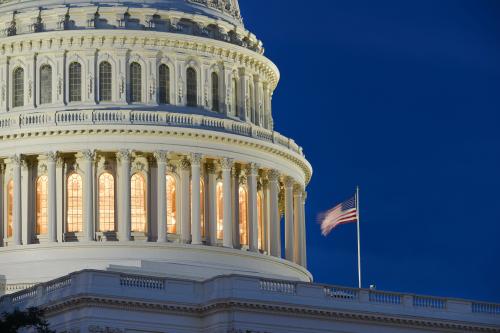

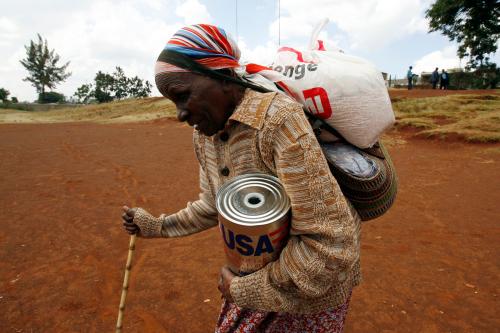
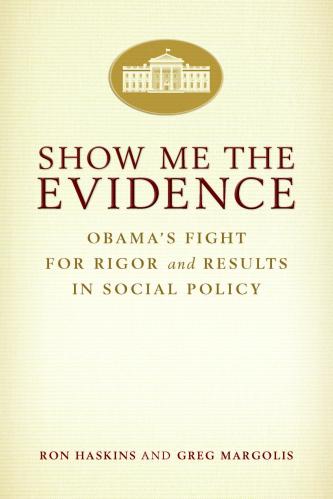
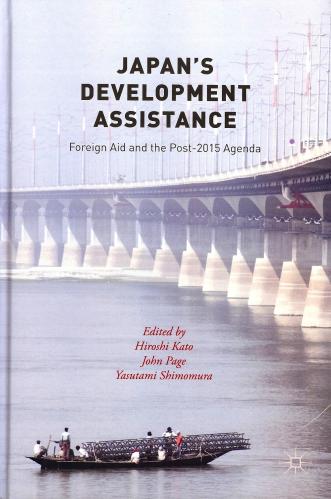
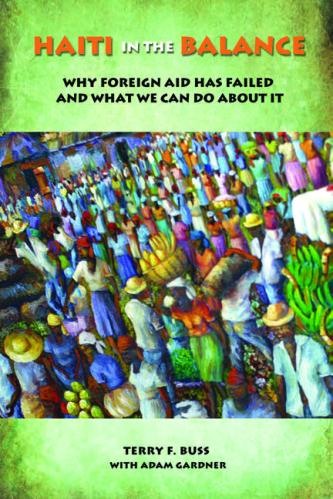

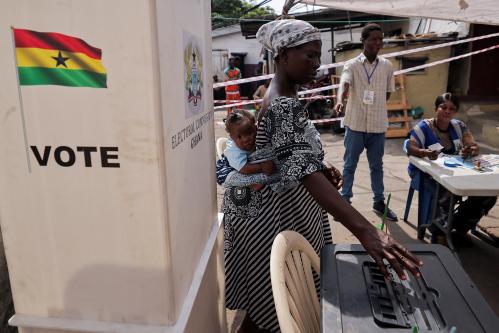


Commentary
How can the new US administration make aid more effective?
November 17, 2016